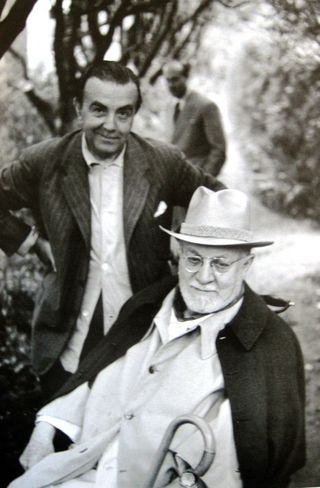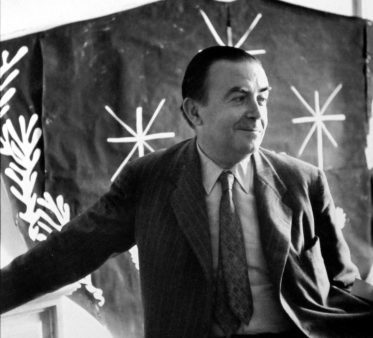In last week’s article on the life and genius of the 19th century folk artist, Theophilus, we briefly encountered Tériade, the man who put Theopholis on the map.
While marveling at the genius of individual artists, it is rare for most of us to wonder how, given the number of unrecognized artists in the world, how the work of this particular one came to be in the limelight.
In most cases, it is because of the connoisseurship, insight and eloquence of art critics and curators. Despite this, very few art critics achieve fame in their own right for their contribution to the art world.
However, in Theophilus’ case we encounter one of these rare individuals, Efstratios Eleftheriades, known more commonly by the pseudonym Tériade.
Tériade was born on the Aegean island of Lesbos in 1897. A passion for all things French — fanned by the regular receipt of Parisian fashion magazines—took him to Paris as a prospective law student.
However he soon began to meet poets and artists who shared his interest art, and would eventually give his life its direction.
He got his first is first editorial experience in 1925 when Christian Zervos, another Greek who devoted his life to the arts in France, asked him to look after the modern art section in the famous literary journal, Cahiers d’art.
His work on this journal enabled Tériade to secure a position at the more contemporary, artistic newspaper L’Intransigeant.
Later, he became the artistic director of Minotaure before founding his own renowned quarterly journal, Verve (1937-1960).
Tériade commissioned various major artists and philosophers such as Picasso, Matisse, René Daumal and Ernest Hemmingway to produce series of works for Verve as well as the later Grands Livres.
Tériade remained a key figure in the Parisian art scene for five decades, exhibiting the works of Theophilus, among others, in Paris.

Tériade also collaborated closely with Henri Matisse whom he met in 1929; the friendship between the two men was such that Matisse was a subject of, or contributor in all of Teriade’s subsequent editorial or publishing ventures.
The close relationship between the two men lasted until Matisse’s death 25 years later in 1954.
Tériade died in 1983 in Paris. His legacy is that of a discerning and inventive publisher who not only opened new possibilities for the best painters of his day but brought literature and the visual arts into richer unity.
Tériade’s occupation as a publisher covered some of the most extraordinary shifts in the art world.
During that long, important period, virtually all the leading writers and painters agreed to do new work for Tériade.
As Teriade himself put it:
“Whether I have accomplished the approach of the poets and painters in these books, this is bound on the fact that these people confronted me primarily as a friend, as their co artist, that understood them. Without friendship I would have accomplished nothing.”
Tériade’s life and work has been immortalised in a Museum, which opened in 1979 in the southern Mytilene suburb of Variá, not incidentally where the Theophilus museum is also located.



